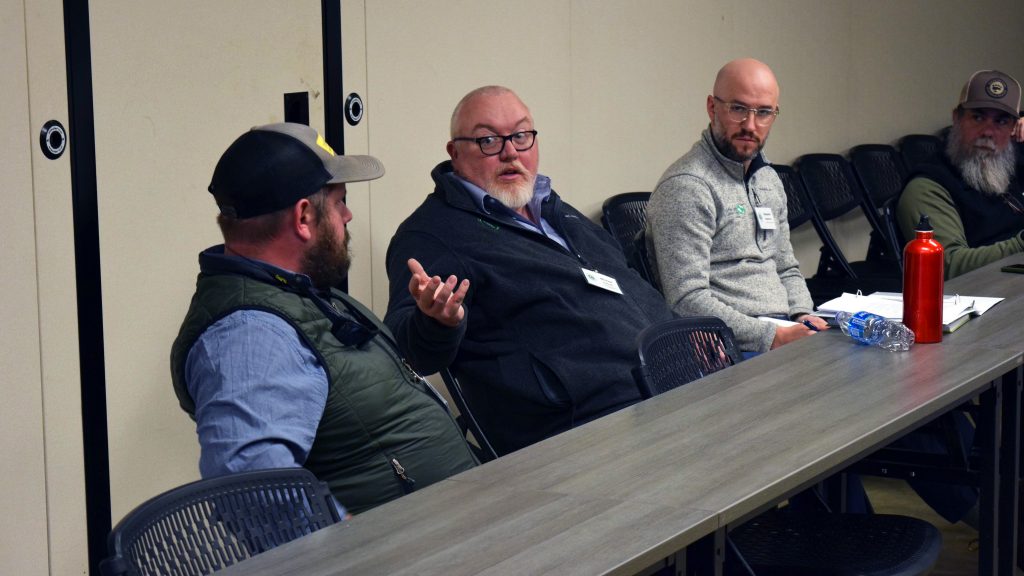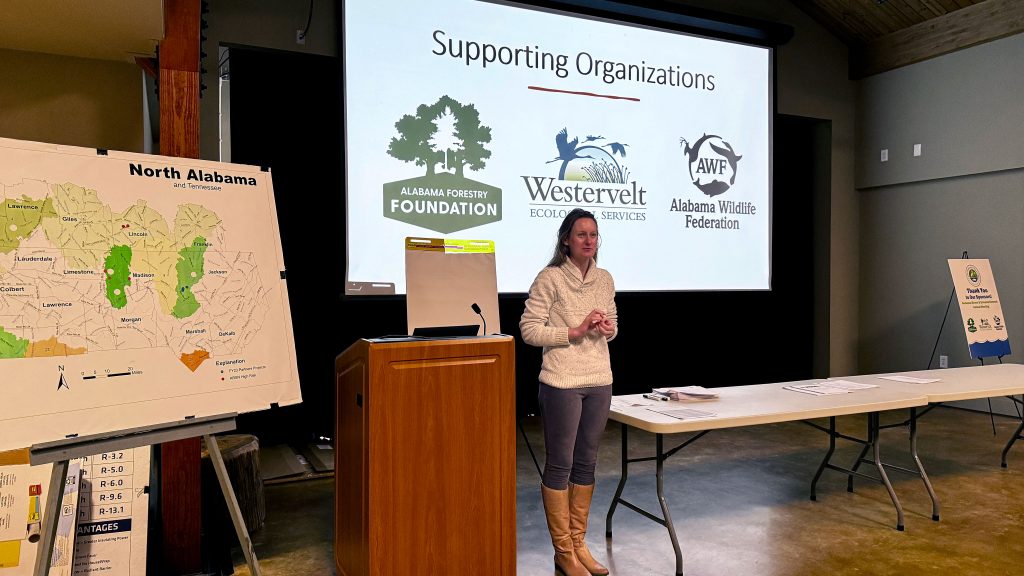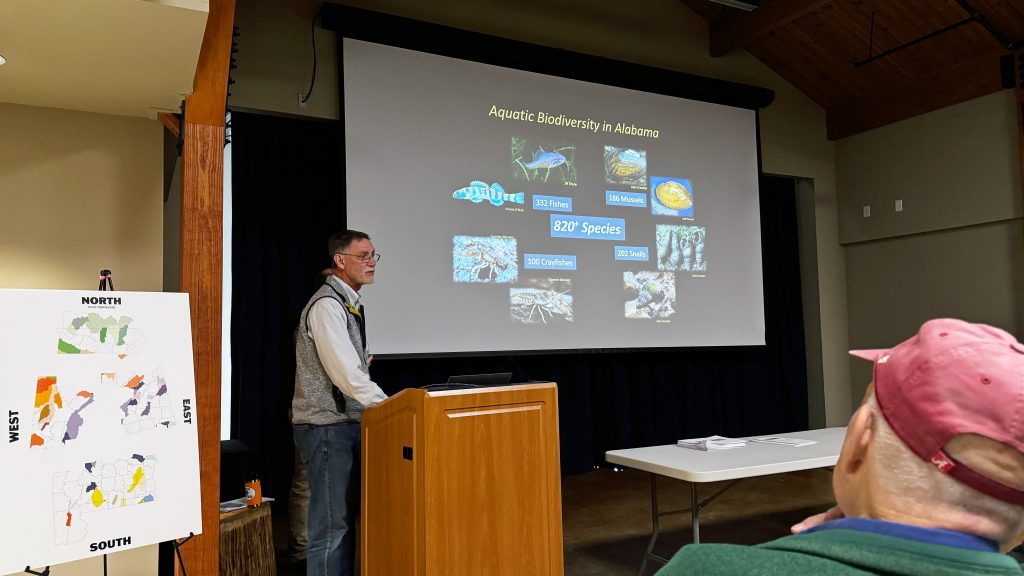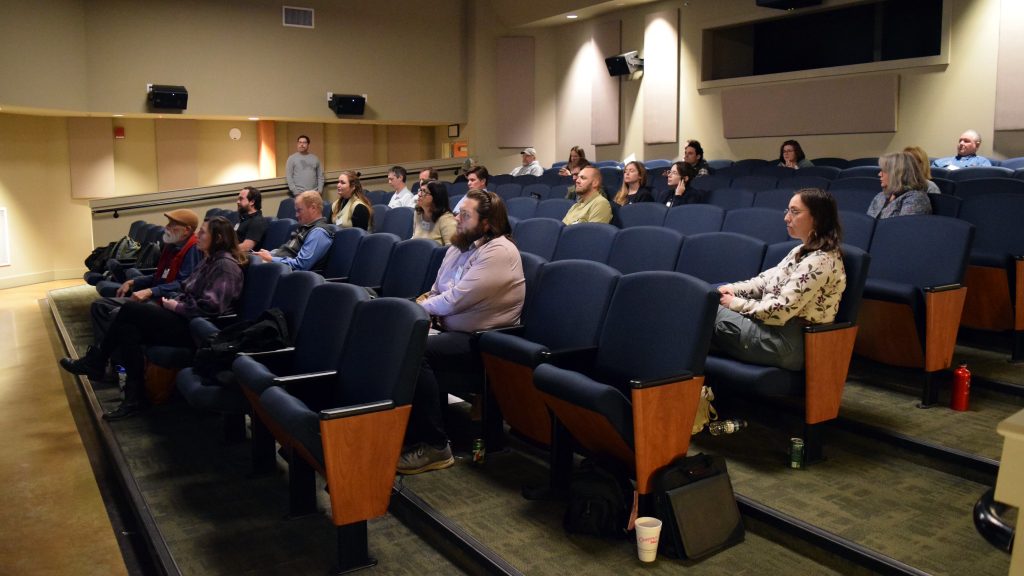
MILLBROOK, Ala. – Conservationists representing federal, state, non-profit and private entities from across the Southeast recently convened at the 2025 Alabama Rivers and Streams Network meeting to exchange updates on ongoing projects and to discuss collaborative research and restoration strategies for watersheds designated as Strategic Habitat Units, or SHUs.
“It’s a way to organize our efforts into a working group that produces results with a list of priorities moving forward for projects,” said Dr. Rebecca Bearden, Geological Survey of Alabama Ecosystems Investigation Program director. “That way when funding is available, we’re able to make that funding work on the ground in a more focused way, knowing who’s doing what, how we can partner and make our money go further. It’s more bang for your buck for conservation.”
The Alabama Water Institute was represented by Dr. Michael Fedoroff, CONSERVE director. He updated the west Alabama working group on their recent project with the Rivercane Restoration Alliance.




“We did the largest native rivercane restoration along a stream bank that’s ever been done on the Tuckabum Creek,” Fedoroff said. “We transplanted 230 columns over the course of two days, and then we had a bankfull event that following week that we thought had all washed away. Not only did it not wash away, it caught all our hay bales that we had secured into the bank, saving a lot of money from sheet erosion.”
The ARSN began in 2012 as an organized effort of approximately 20 people that has grown to more than 120 in 2025. The network’s SHU approach to habitat restoration started as a coordinated effort to improve the health of Alabama’s waterways. Each SHU is designed to enhance water quality and quantity, protect native species and support long-term restoration goals. By encouraging collaboration among state, federal and nonprofit partners, the SHU framework addresses the habitat and water quality needs of Alabama’s 75 federally listed and candidate freshwater species.
The SHU framework also helps maximize limited resources by focusing efforts within priority watersheds. This strategy supports both rare species and community water needs, with the potential for long-term cost savings through improved water quality, supply and reduced regulatory demands.
After the annual meeting, the members gather periodically throughout the year in smaller, regional groups representing north, south, east and west Alabama. Those smaller groups follow up on the priorities that were set at the annual meeting so local and regional projects can get underway.
“We’re just glad to have so many partners involved, especially the Alabama Water Institute, to increase awareness and help spread the word,” Bearden said. “AWI is that connector between a lot of federal and state funds to help researchers get the tools they need and the resources they need to do the work they need to do.”